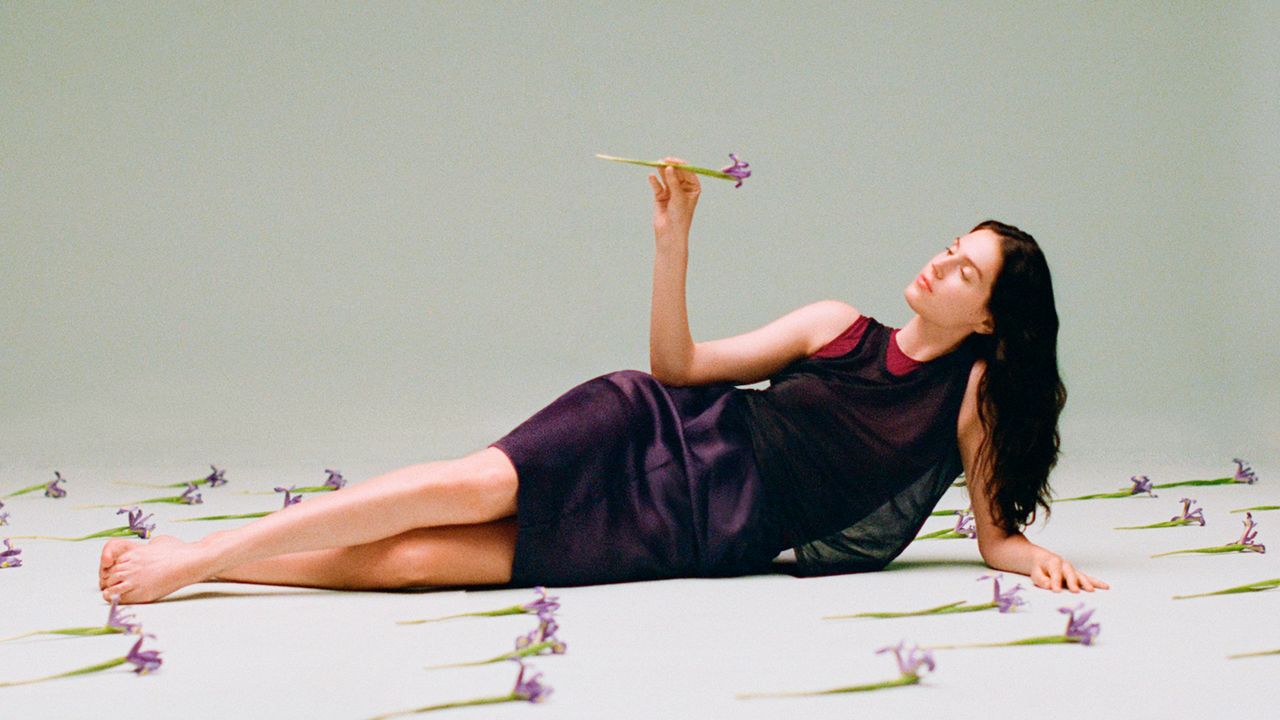The team sought out to source the absolute best ingredients, and create around them. “When you choose the ingredient, you’re halfway done,” she says. “After that, it starts—[you must find a] way to contrast [them].” The Iris Root eau…

The team sought out to source the absolute best ingredients, and create around them. “When you choose the ingredient, you’re halfway done,” she says. “After that, it starts—[you must find a] way to contrast [them].” The Iris Root eau…